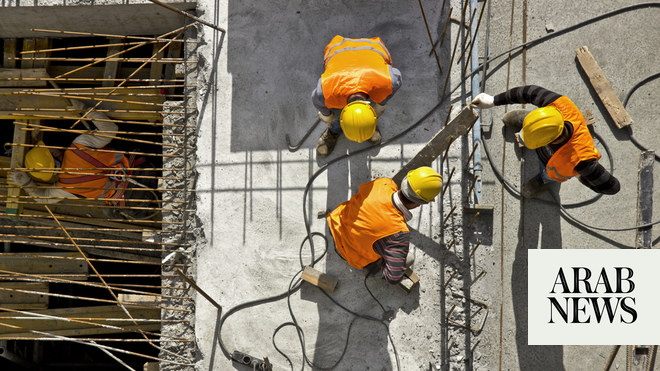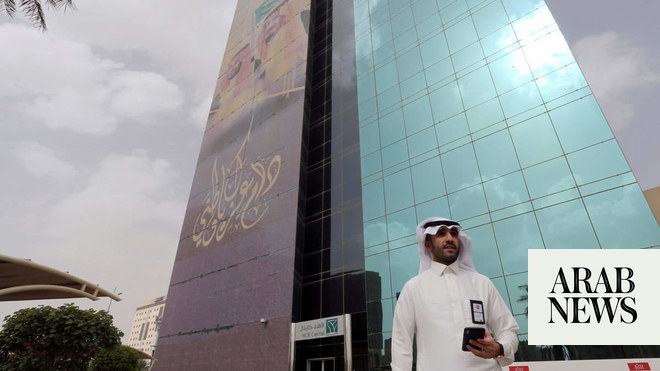
Total real estate loans rise 5.7 percent in first quarter yoy
Oil price recovery helps to boost overall bank lending
Bank lending to the private sector in Saudi Arabia rose in April, providing a tentative sign that confidence in the Kingdom’s economy is returning, say analysts.
Total bank credit to the private sector increased by about 0.7 percent compared to the same month the previous year, according to Saudi Arabian Monetary Authority (SAMA) data.
“It’s a hard indicator to read, but it may be a sign that Saudi consumers and business people feel less uncertain about the future and a bit more secure. It is probably linked to the return to fiscal expansion,” said Marcus Chenevix, a Middle East and North Africa analyst at TS Lombard in London.
“However, Saudi Arabia has a comparatively underdeveloped banking sector for its level of per-capita wealth, meaning that this is an area in which we would expect to see pretty strong growth.”
The loan growth was put down in part to a revival in the property sector.
“Lending growth was driven primarily by the construction sector and the real estate retail loans in the first quarter,’ said Mohamed Damak, senior director, financial institutions ratings at S&P Global.
Total real estate loans by banks in the first quarter this year increased by 5.7 percent compared to the same quarter the previous year.
“Under our base case scenario, we expect slight lending growth in 2018 explained by a higher GDP growth in 2018,” he said.
Ashraf Madani, vice president, senior analyst at rating agency Moody’s Investors Service, agreed that lending is likely to rise this year. “We expect credit demand to increase in 2018 boosted by the planned increases in government capital expenditure,” he said.
The April data also revealed that SAMA’s foreign reserves rose to $498.9 billion in April, the highest level in more than a year and an increase of more than $13 billion on the previous month.
The increase is mainly due to the recovery in oil prices which reached approximately $75 a barrel in April.
“It is 90 percent due to rising oil prices,” said Chenevix.
“The remaining 10 percent of responsibility is down to the fact that the Saudi budgetary system is far better managed than it was just three years ago, even though the state is actually spending more money, it is doing so in a more effective and better planned way than before,” he said.
The Kingdom’s reserves also benefited from the government’s international bond issuance of $11 billion in the first half of April.












